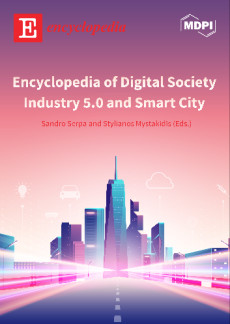You're using an outdated browser. Please upgrade to a modern browser for the best experience.
Subject:
All Disciplines
Arts & Humanities
Biology & Life Sciences
Business & Economics
Chemistry & Materials Science
Computer Science & Mathematics
Engineering
Environmental & Earth Sciences
Medicine & Pharmacology
Physical Sciences
Public Health & Healthcare
Social Sciences
Sort by:
Filter:
Topic Review
- 833
- 16 Jun 2023
Topic Review
- 799
- 25 Nov 2022
Topic Review
- 770
- 25 Nov 2022
Topic Review
- 749
- 16 Aug 2022
Topic Review
- 691
- 15 Sep 2023
Topic Review
- 684
- 25 Oct 2023
Topic Review
- 541
- 08 Nov 2023
Topic Review
- 446
- 08 Dec 2023
Featured Entry Collections
>>
Featured Books
- Encyclopedia of Engineering
- Volume 1 (2023) >>
- Chief Editor: Raffaele Barretta
- Encyclopedia of Social Sciences
- Chief Editor: Kum Fai Yuen




